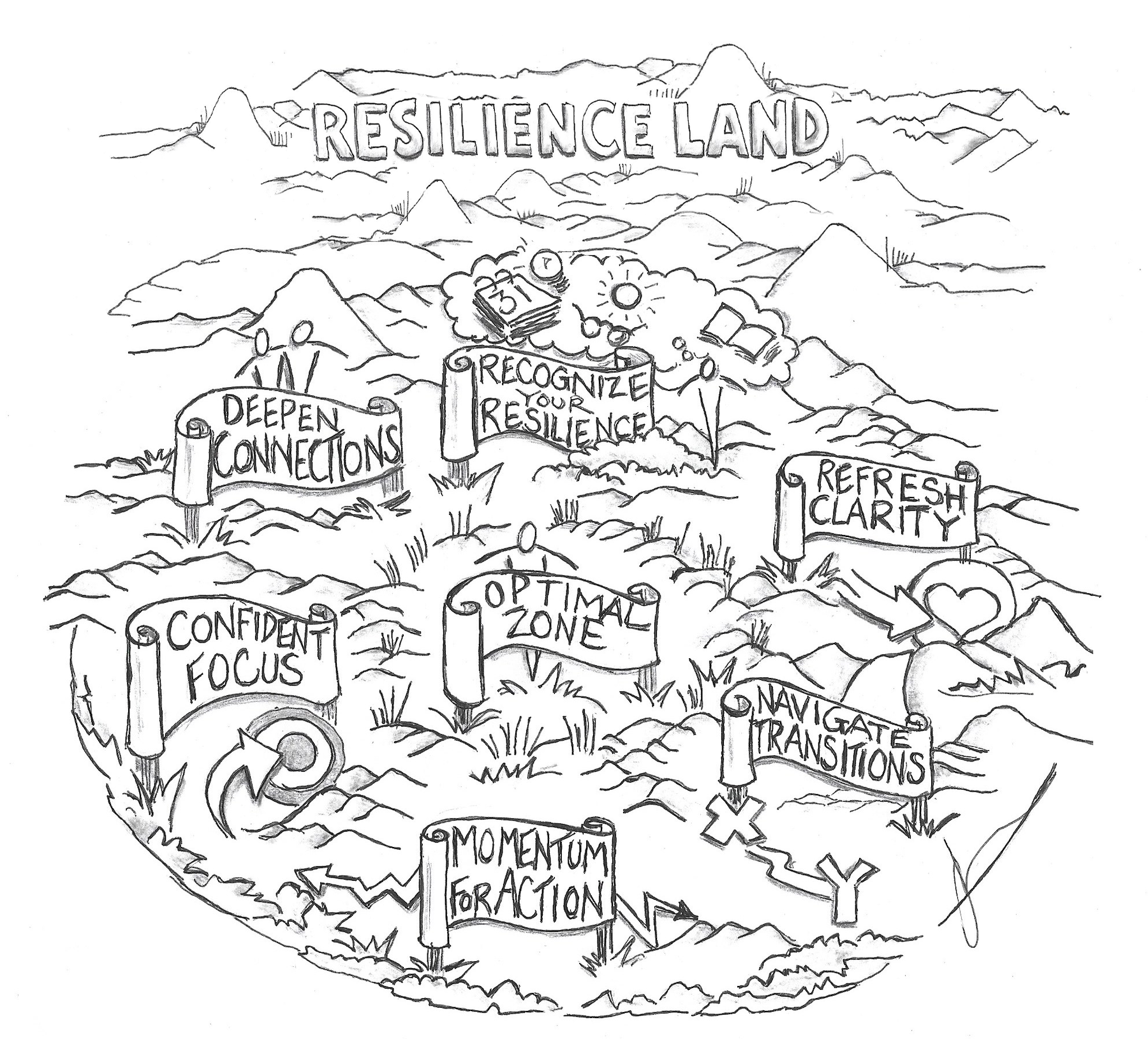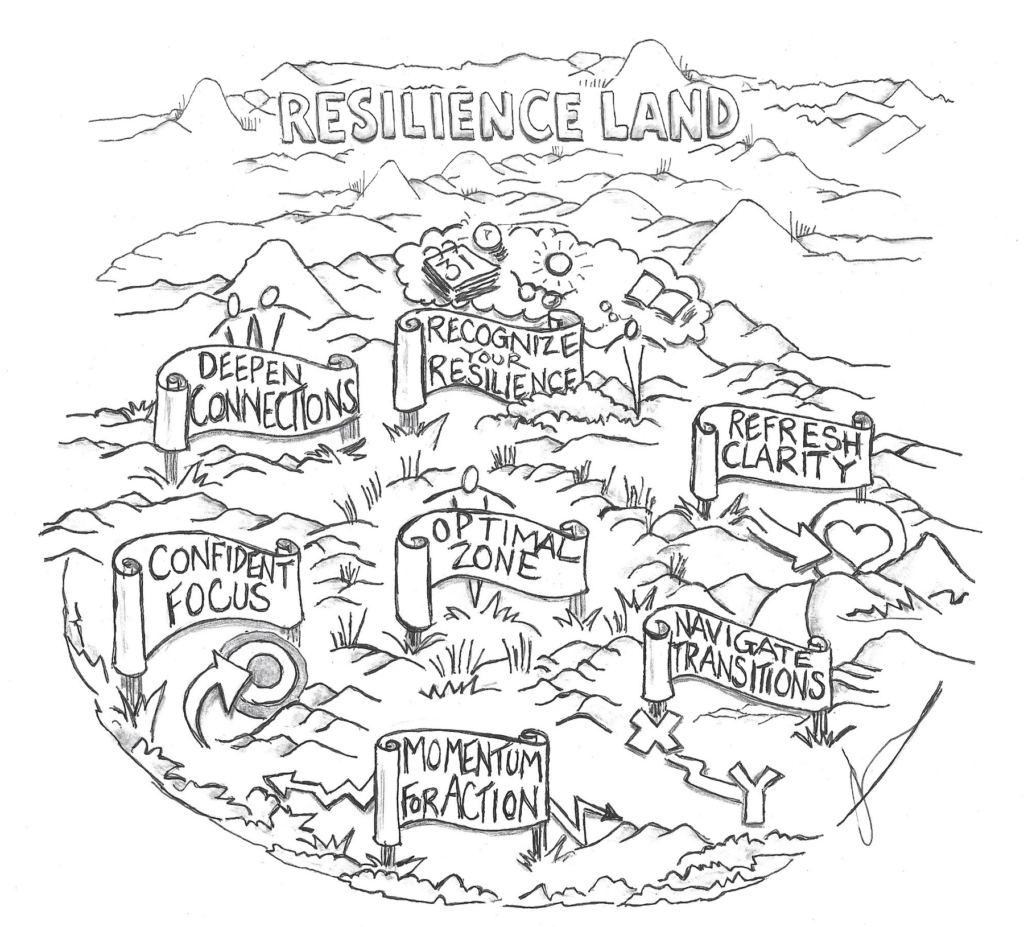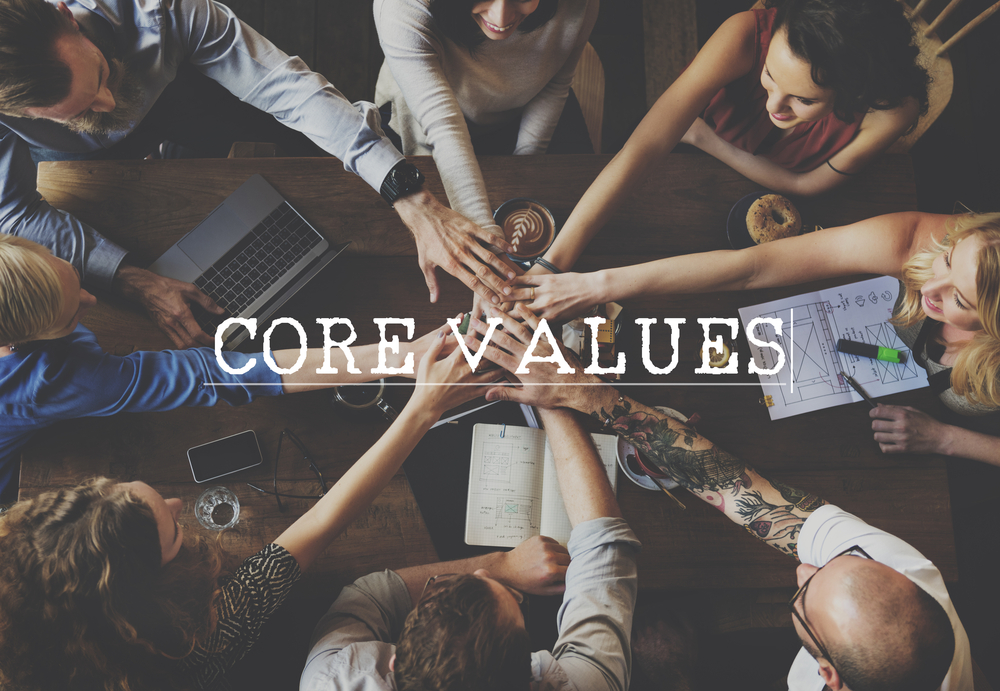When it comes to Inclusion & Belonging initiatives many organizations find that the “I” is the hardest part. Leaders striving to create a more inclusive workplace quickly figure it out there’s no magic policy, program, or check list that can make employees feel recognized and included.
To help you walk the talk, we’ll break down what workplace inclusion is and share with you some of our top tips for embedding inclusiveness into all parts of your organization.
What is inclusion?
There are a lot of definitions of “Inclusion” out there, but here is one we feel does the concept justice:
Inclusion is a collection of actions, practices, and behaviors that both promote and result in people feeling safe, accepted, valued for who they are across different dimensions of diversity and for what they bring to and contribute within the workplace. This definition comes from Inclusive Leadership: Transforming Diverse Lives, Workplaces, and Societies by Bernardo Ferdman.
Actions are necessary, but what we are really after when we talk about inclusion is ensuring that all people in our sphere of influence feel that they and their contributions to the workplace are highly valued.
What does inclusion look like in the workplace?
Ferdman states in his book that if “people who are different in notable ways” do not experience inclusion, they might “be less likely to fully engage, participate, and contribute.”
If a workplace has a truly inclusive environment, then every person will feel equally welcomed to fully engage, be themselves, and contribute at work. An inclusive workplace offers space to acknowledge, honor, and discuss differences in perspective from people of all different backgrounds, ages, ethnicities, etc. This kind of work environment ultimately increases performance.
Without true inclusion, companies miss out on employees’ engaging their full, authentic selves within the workplace, which leads to missing out on employees’ best contributions and ideas. So, how do we make inclusion a reality?
5 Ways Leaders Can Foster Inclusion in the Workplace
- Model Authenticity
Leaders pave the way for an inclusive work environment by showing up as their authentic self, so that others begin to feel safe doing so, too. We can do away with office politics by being truer versions of ourselves and showing up ready to welcome and embrace others in the same way.
In order to show up authentically, leaders can better align their “work persona” with their “home personas”. One way to do this is by showing your employees it’s okay to make mistakes. No one is perfect, and there’s no reason to act like that isn’t true at work. Owning your mistakes increases the sense of physiological safety in the workplace and encourages more authentic interaction with employees.
- Include Your Team in Decision-Making
Seeking out your employees’ ideas and taking them seriously increases their buy-in, retention, and overall employee engagement. Not to mention, it’s also better for your business. Diversity of thought coming from people with different backgrounds and experiences “leads to better decision-making”. Try using surveys to gather feedback or even call a meeting with your employees to brainstorm solutions and set the standard that “no ideas are bad ideas.”
Now, many decisions cannot be made with your employees, but if you stay transparent about which decisions can solicit their input and which cannot, then you can keep the spirit of inclusion alive and well within your decision-making processes.
- Work to Eliminate Bias
In HBRs Inclusive Leadership Assessment (ILA) of more than 400 leaders rated by more than 4,000 people who surrounded those leaders, it was found that the most important trait in fostering inclusivity was “a leader’s visible awareness of bias.” In order to work towards eliminating bias in the workplace, leaders must first not be afraid to identify it and acknowledge it publicly.
Once you are able to acknowledge personal and organizational biases toward certain approaches that stem from those with different perspectives and backgrounds, then you can work to diminish this bias. We can honor and lean into diversity truthfully by acknowledging and questioning our own biases.
- Get Comfortable with Uncomfortable Conversations
As leaders, it’s important to lean into conversations that challenge us. It shows employees that we are serious about celebrating and embracing diversity within the organization and that we aren’t afraid to work through differences together in a respectful way.
Having conversations where our assumptions and perspectives are directly challenged feels very personal and emotional, so it’s wise to set aside specific times to have these conversations and prepare to go into them calmly and with an open mind. Try to focus on facts rather than feeling and make it clear to your employees that you are committed to finding a solution together.
- Keep Yourself and Others Accountable
Inclusion may be part of your organizations core values, but does it really happen within your workplace? In order to make inclusion more than just a buzzword, leaders must be willing to hold others accountable. This means taking an active inventory of your business and assessing whether inclusion is happening day to day. If not, then it’s important to call it out and hold your organization to a higher standard.
On the flipside, when we, as leaders, fail to uphold our standard of inclusion, then we must work to improve. Ask for honest feedback from employees, and don’t response defensively when you’ve fallen short. Rather, ask how you can increase feelings of inclusion and always follow up to ensure you are growing.
The goal of these practices is that employees would feel safer, appreciated, and valued. As you continue to work toward creating a more inclusive work environment, ask your employees to join you and encourage them to share ideas.
Where you can’t implement their suggestions, come up with meaningful, alternative ways of achieving the same outcomes regarding inclusivity that their suggestions spotlighted. Ultimately, it’s our responsibility, as leaders, to change the organization’s culture toward greater inclusivity, but we must look to our employees to determine if we are succeeding.








